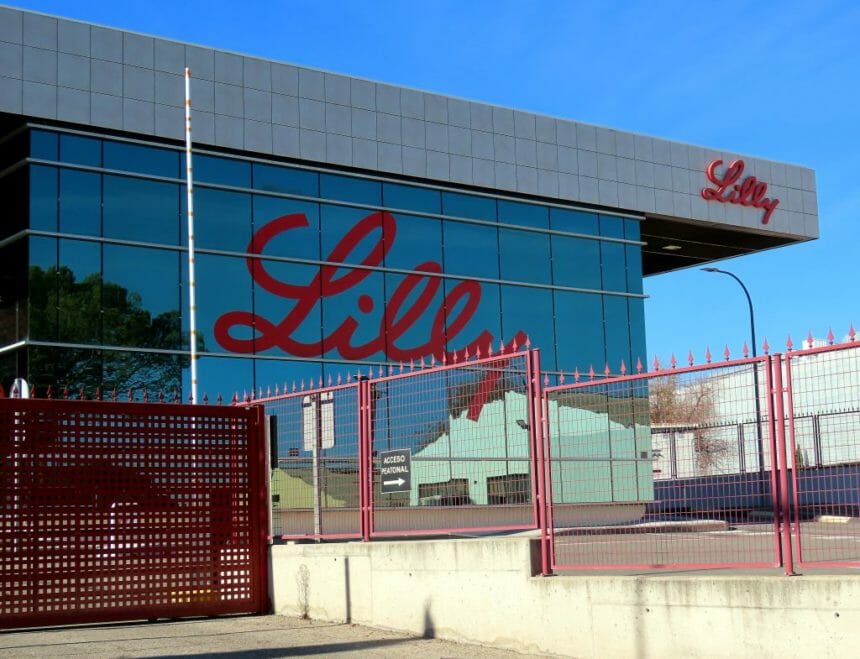Eli Lilly announced Wednesday morning that it would reduce the price of the most commonly prescribed insulins by 70% and cap the monthly out-of-pocket costs at $35 or less.
As part of the policy update, Lilly is cutting the list price of its non-branded insulin to $25 per vial effective May 1, cutting the list price of Humalog by 70% effective in Q4 2023 and launching Rezvoglar, a basal insulin that is biosimilar to Sanofi’s Lantus injection, for $92 per five pack of KwikPens, effective April 1.
Additionally, Lilly is capping the out-of-pocket costs at $35 immediately at participating retail pharmacies for people with commercial insurance. Those without insurance can go to InsulinAffordability.com and download the Lilly Insulin Value Program savings card to receive insulins for $35-per-month.
“While the current healthcare system provides access to insulin for most people with diabetes, it still does not provide affordable insulin for everyone and that needs to change,” Lilly CEO David A. Ricks said in a statement. “The aggressive price cuts we’re announcing today should make a real difference for Americans with diabetes. Because these price cuts will take time for the insurance and pharmacy system to implement, we are taking the additional step to immediately cap out-of-pocket costs for patients who use Lilly insulin and are not covered by the recent Medicare Part D cap.”
Lilly’s decision came weeks after President Biden called for a $35-per-month cap on insulin for all Americans during the State of the Union address. This proposal, which has garnered bipartisan support, aims to build on the price cap put in place for Medicare beneficiaries as part of the Inflation Reduction Act passed last summer. Biden reiterated his call for a universal insulin price cap in a tweet about healthcare costs Tuesday morning.
The company’s move was greeted by several stakeholders, including the American Diabetes Association, which called on other drugmakers to follow Lilly’s lead.
Meanwhile, Howard Forman, MD, MBA, FACR, a professor of radiology and biomedical imaging, public health, management and economics at Yale University, called the price caps the result of “enormous public pressure” from both the White House and Congress.
Lilly’s decision to lower the cost of insulin also called to mind the fake Lilly Twitter account debacle of last fall.
In mid-November, a fake account that had a verified blue checkmark as part of the Twitter Blue program rolled out by new owner Elon Musk tweeted that “insulin is free now.” The message received hundreds of thousands of impressions on the site before Twitter took it down but the damage was done.
The company’s stock price dropped 4% the day after the controversy and it’s estimated that the fake tweet cost the pharma giant billions of dollars.
Going forward, it remains to be seen how other insulin competitors like Sanofi and Novo Nordisk will respond to Lilly’s decision.







